ANZINE : CAE 기술 매거진
이전 ANZINE Home Case Study
[Global] From saving energy to creating energy : Use pumps as turbines to generate low-cost electricity from existing piping systems
- Marco Favella
- SAER Elettropompe
- Marco.favella@saer.it
From saving energy to creating energy
Use pumps as turbines to generate low-cost electricity from existing piping systems
by Marco Favella - SAER Elettropompe
■ 이 기사는 기존의 파이프라인 시스템에서 발생하는 잉여 수력을 활용하여 저비용으로 전기를 생성하는 '펌프를 터빈으로(Pumps as Turbines, PATs)' 전환하는 방법에 대해 다루고 있습니다. SAER Elettropompe(이탈리아)는 Ansys CFX를 활용해 펌프 설계를 최적화하고, 터빈으로 재설계하여 에너지 비용 절감과 CO2 배출 감소 결과를 얻었습니다. 본 기사에는 PAT의 기본 이론부터 장점, 연구 결과에 대해 전반적으로 다루고 있습니다.
SAER has been using Ansys CFX to study pump fluid dynamics since 2006. One of the company’s key objectives has always been to improve the efficiency, and reduce the energy consumption of its pump designs. This article describes how SAER ELETTROPOMPE used Ansys CFX to transform "standard" pumps into pumps to be used as turbines.
Hydroelectric energy recovery is an effective response to rising energy prices and the requirement to lower CO2 emissions. Pumps as turbines (PATs) can transform excess water energy into power and the newly generated electricity can be used for own consumption or fed into the grid. With low investment and maintenance costs, PATs enable the recovery of the energy from existing pipe networks and provide significant energy savings.
As a result, the demand for PATs, a recognized use of pumps, has grown significantly in recent years as the focus has moved from the concept of energy saving to that of energy creation: that is, using pumps as turbines to generate cheap electricity from existing pipeline systems without any associated environmental impact.
However, even in this type of use, it is essential to ensure that the theoretical design data corresponds to actual data in the field.
Thanks to the experience accumulated by SAER engineers over almost 20 years of using CFD systems, the reliability of fluid dynamic simulations and SAER tests systems, and the knowledge gained from more than 70 years of experience in the pumping sector, it was a natural for the company to extend its know-how to the design of PATs.
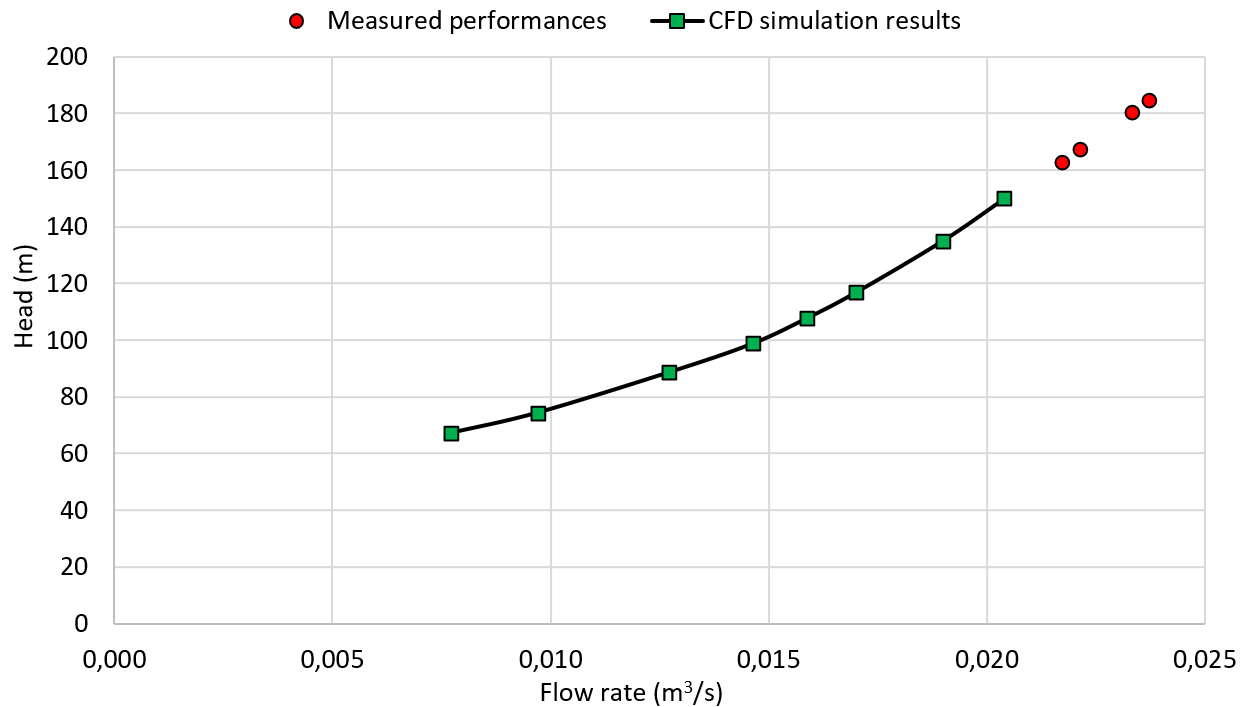
Fig. 1. Characteristic flow/prevalence curve (black-green) modelled by CFD analysis v. experimental measurements taken after installation (red).
SAER has developed a wide range of pumps for use as PATs, specifically small and medium-sized modular hydroelectric generator sets suitable for sites up to 500kW of nominal power. Instead of a specially designed conventional turbine, SAER offers a standard water pump designed for reverse operation and CFD verified, which is easy to maintain and offers a low life cycle cost.
PAT simulation with Ansys CFX
A mathematical model of the turbine was created with Ansys meshing and then used to calculate the different sizes of pump to be used as a turbine for each INPUT set (the different pressures given by the different jumps in potential energy): the range of flow rates, the efficiency and the power generated in kW.
The simulation, carried out with Ansys CFX 2022 R2, made it possible to calculate the power generated by the thrust received by the impeller and transmitted from the pump shaft to the generator. In the end, SAER was able to verify that a large part of its range of centrifugal electric pumps, multistage centrifugal pumps, and split-case pumps, noted for their characteristic flexibility and versatility, can be easily adapted for use as a turbine. According to Eng. Marco Favella, Quality Manager at SAER, these characteristics are important identifying traits that the company strives for in its production. He continues, “Ansys CFX has enabled us to confirm deviations between actual and theoretical data of less than 3% – even in this type of application.”
Benefits of PATs
z Hydroelectric energy recovery is an effective response to rising energy prices.
z Pumps used as turbines can transform excess water energy into electrical energy.
z The turbines are optimised to operate reliably and fail-safe.
z The newly generated electricity can be self-consumed or exported to the grid.
z Negligible environmental impacts, minimal water. requirements and no need for reservoirs.
z Rapid return on investment and simplified maintenance due to ready availability of spare parts.
SOFTWARE: Ansys CFX 2022 R2
ANALYSIS TYPE: Steady state. Global Number of Elements = 44,209,579
PARALLEL ENVIRONMENT: 64 Processors
HARDWARE: AMD Ryzen Threadripper PRO 5975WX 32-Core 3.60GHz processor with 256GB RAM installed.
Case study: Pilot energy-recovery installation in an underground mine in Ireland
The project, one of the first involving a PAT application inside an operating mine, was developed in collaboration with Easy Hydro which is a spinout of Trinity College Dublin and SAER’s partner in the supply of PAT installations. The PAT was designed and installed to recover energy in parallel with an existing pressure reducing valve station on a DN150 pipeline that carries freshwater from the surface down to the depths of the mine. The turbine is located 300m underground, and the project aimed to allow the mine operator to generate its own power and reduce the import of electricity from the grid as opposed to simply dissipating the water pressure as heat and noise through the use of pressure reduction valves.
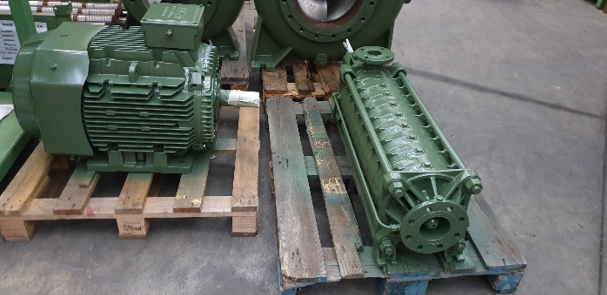
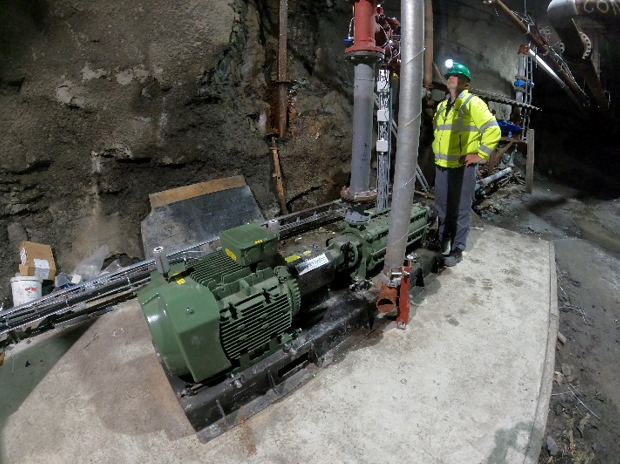
Fig. 2. SAER multistage turbine model E-TMZ-4P-50-80. Top: during manufacture; bottom: after installation.
Based on the site data (hydraulic head 210m and flow rate 15-25l/s), a multistage pump from the SAER TMZ range was selected to operate as a turbine. Then, in order to confirm the exact number of stages of the unit, a CFD simulation was performed to model the flow/head performance curve.
As shown in the graph above, the simulation was carried out between 7.7 and 20.4l/s and the simulated performance curve matched very well with the operating conditions measured in the field after installation. The final PAT selection consisted of a SAER model E-TMZ-4P-50-80 multistage unit with 10 impellers, connected to a 37kW SAER generator.
With an average flow rate of 22l/s and a pressure drop of 21 bar, the turbine produces up to 30kW of clean renewable energy, saving more than 200MWh of electricity that would otherwise be imported from the grid each year. This corresponds to the annual energy consumption of almost 50 average Irish households.
The proposed installation will directly offset over 60 tons of CO2 per year and this technology, if replicated in a number of other similar locations within the same mine, has the potential to significantly reduce the current carbon footprint of the mine.
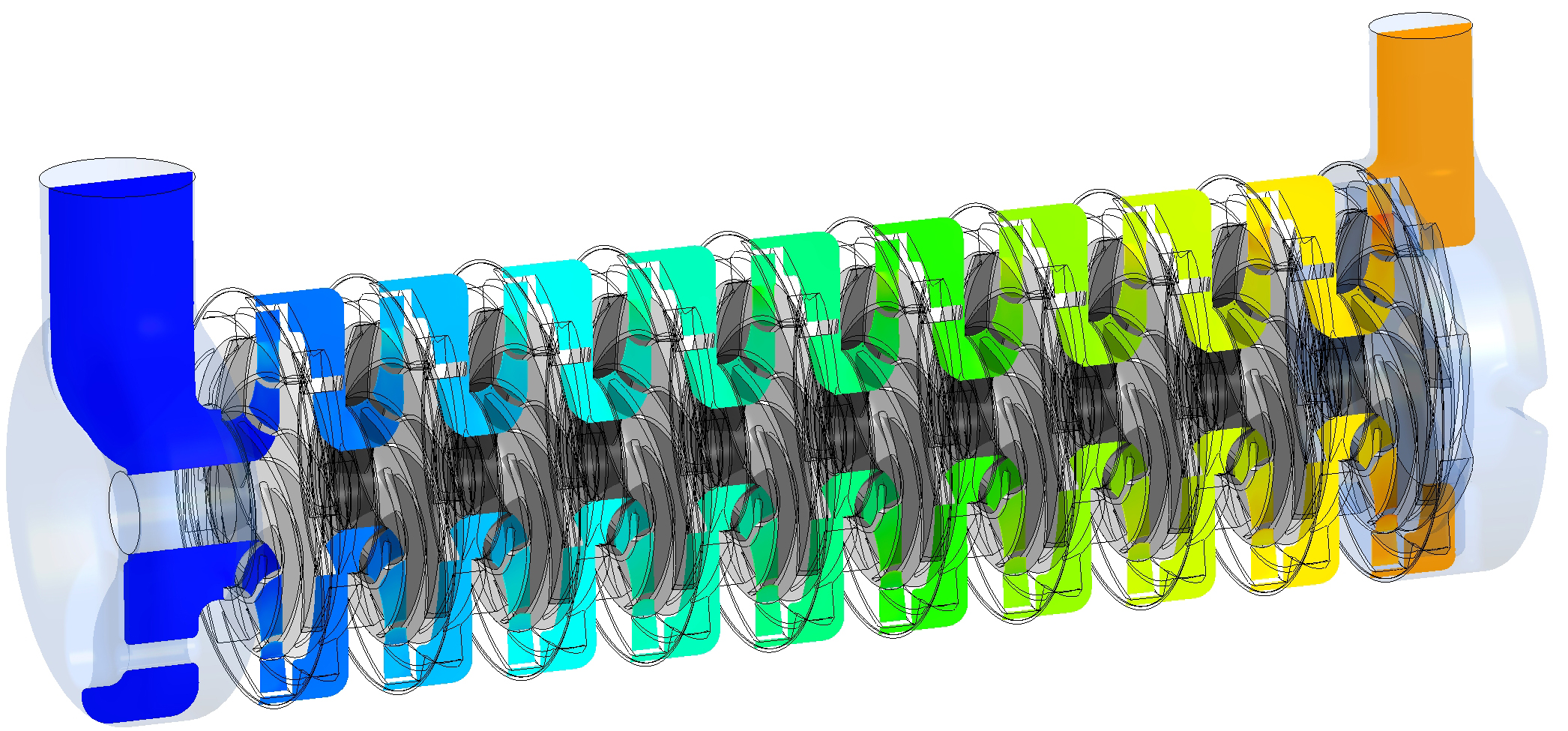
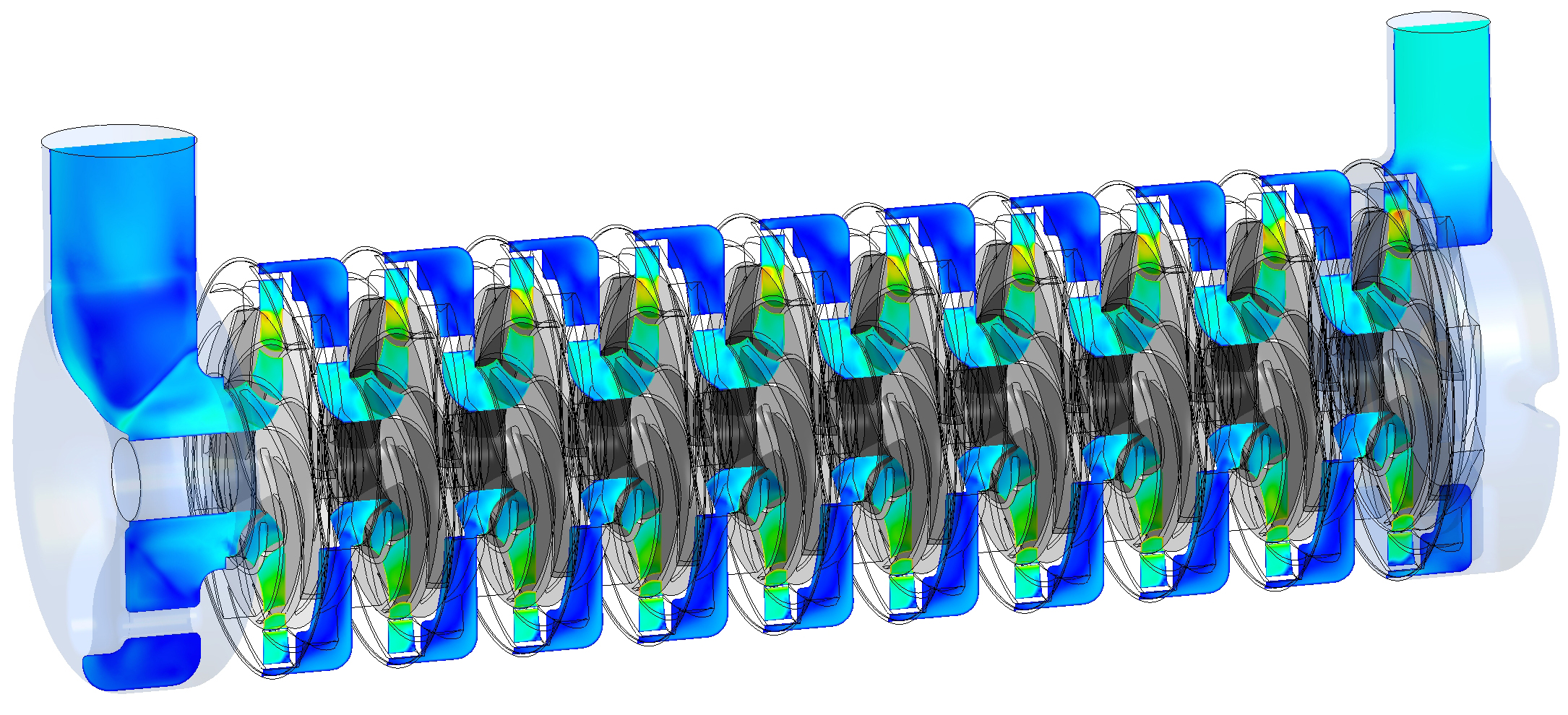
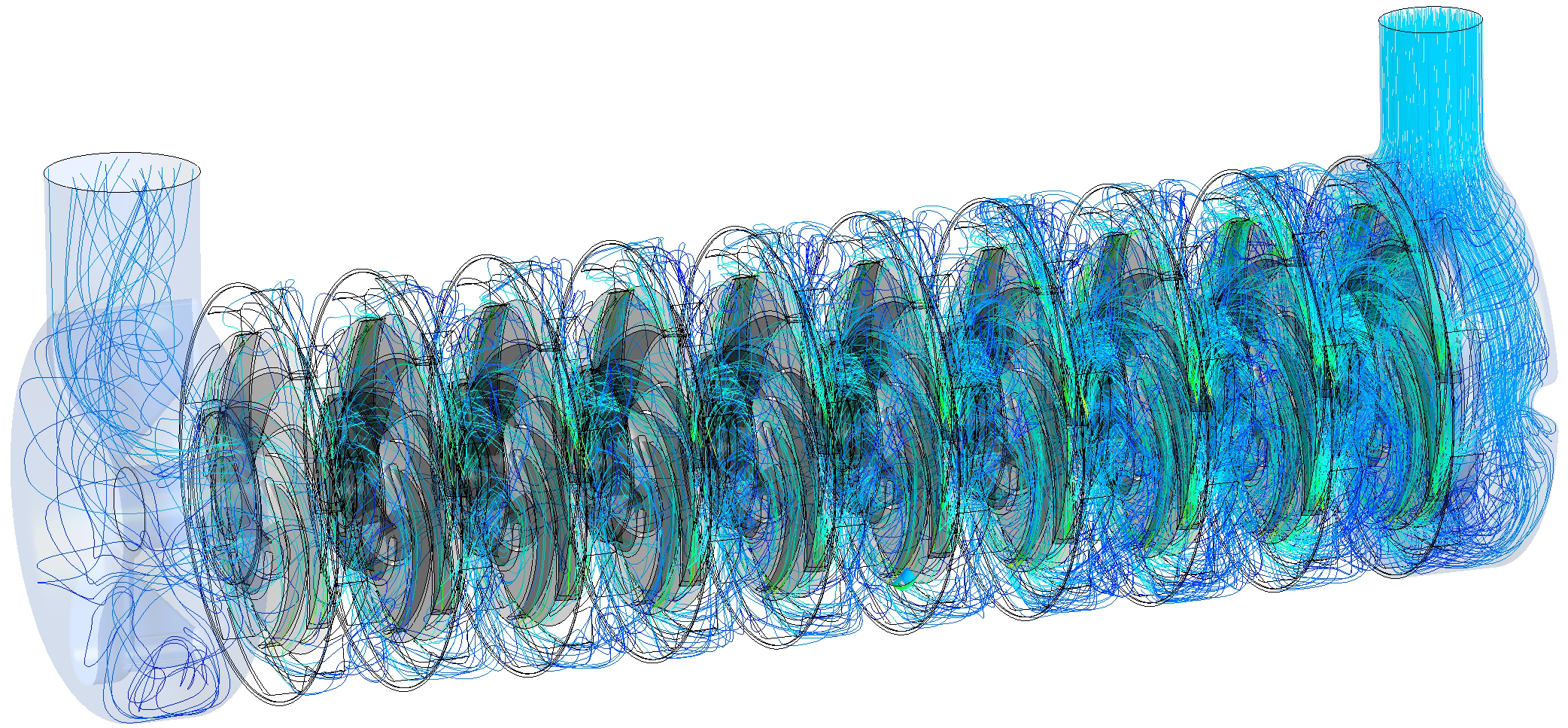
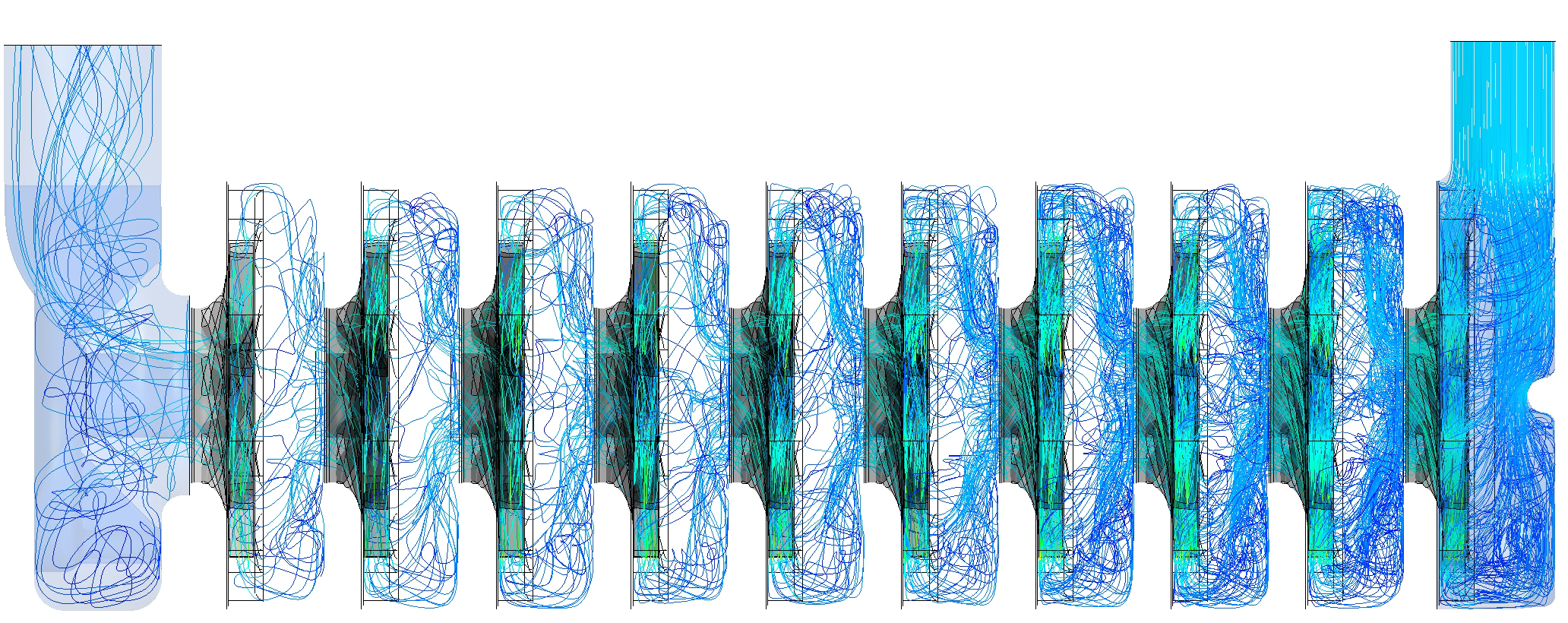
The technology allows water-intensive organizations to conveniently exploit an untapped source of energy in a cost-effective manner, all with negligible environmental impact, due to the use of the existing infrastructure.
To develop this project, Easy Hydro received a booster grant from the EU EIT Raw Materials consortium, which highlights the growing interest in hydroelectric energy recovery solutions from the mining sector.
For more information: Marco Favella – SAER Elettropompe Marco.favella@saer.it
About SAER Elettropompe
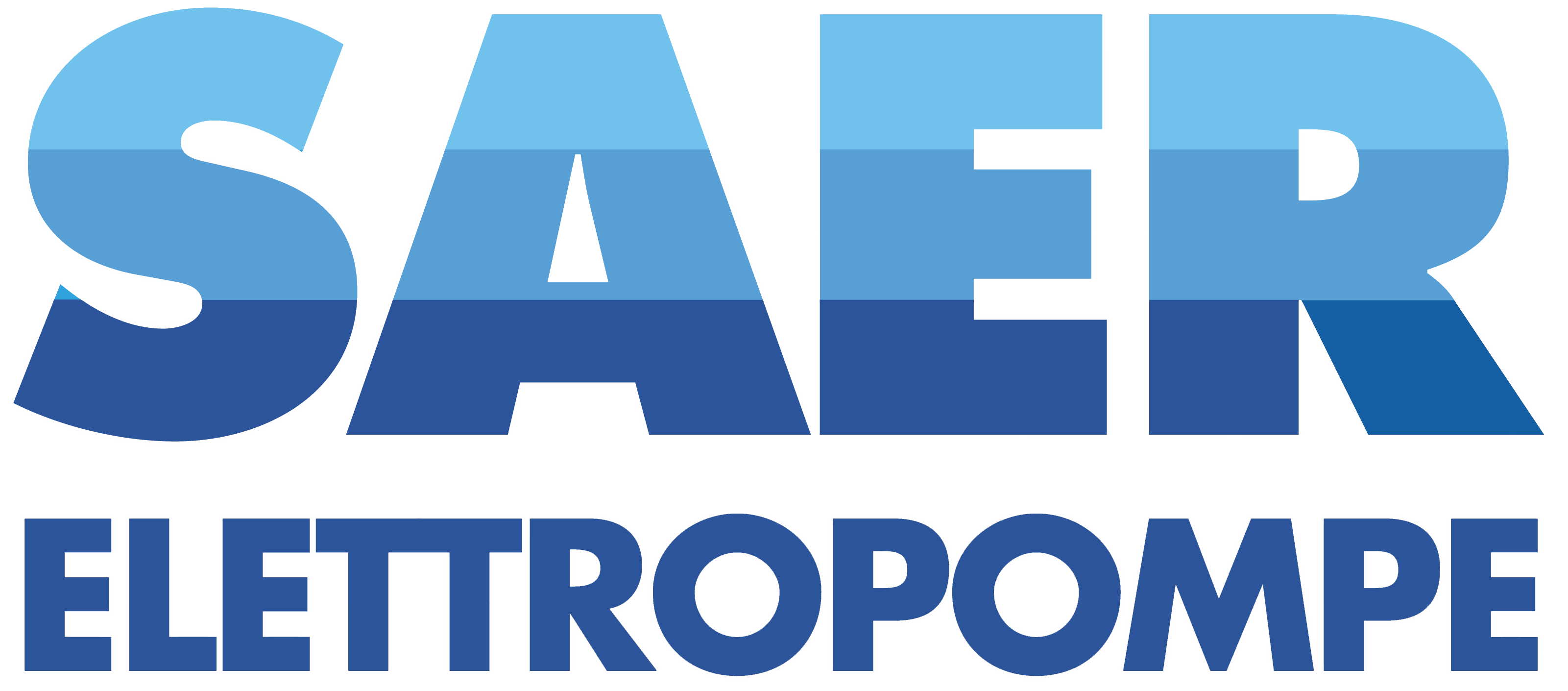
SAER Elettropompe is one of Italy’s leading manufacturers and suppliers of surface and submersible pumps and motors, with over 70 years of experience in the Italian and international markets. A specialist in the clear water sector, where it offers 360° solutions, SAER offers its customers and partners maximum flexibility and innovation thanks to an advanced in-house design department and its constant research and development that allow the company to offer highly customized products in short timescales, with all the guarantees of Made-in-Italy quality. For more information, visit: www.saerelettropompe.com/en/home
About Easy Hydro
Easy Hydro, based in the campus of Trinity College Dublin, is a spinout born from the experience of the Dwr Uisce and REDAWN research projects. Its members have accumulated unique expertise in the design, selection, and installation of hydraulic pumps operating as turbines for energy recovery in water networks or for small-scale hydropower schemes. For more information, visit: easyhydrosolutions.com/








 ㈜태성에스엔이
㈜태성에스엔이


